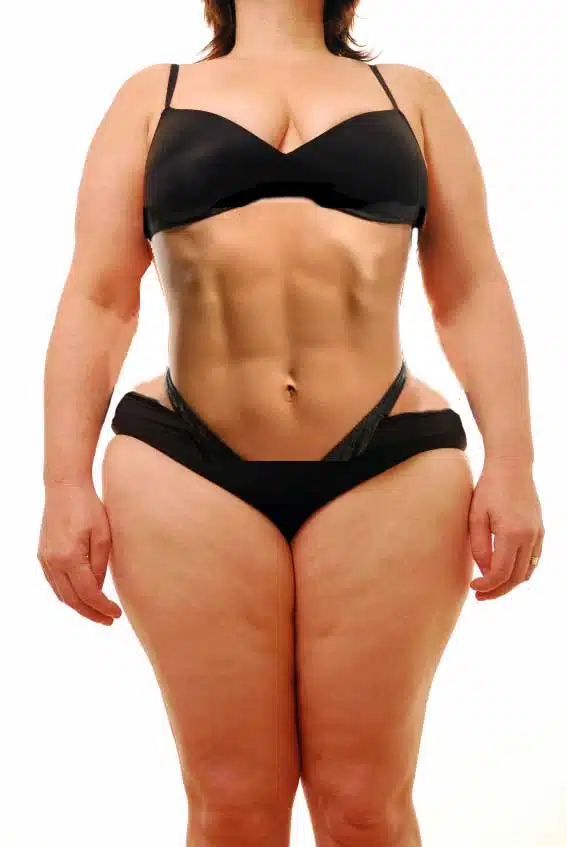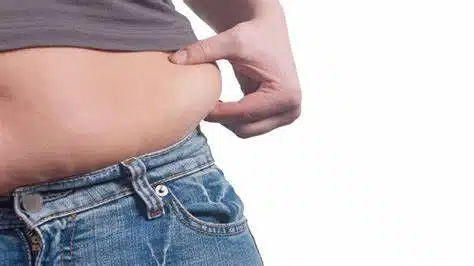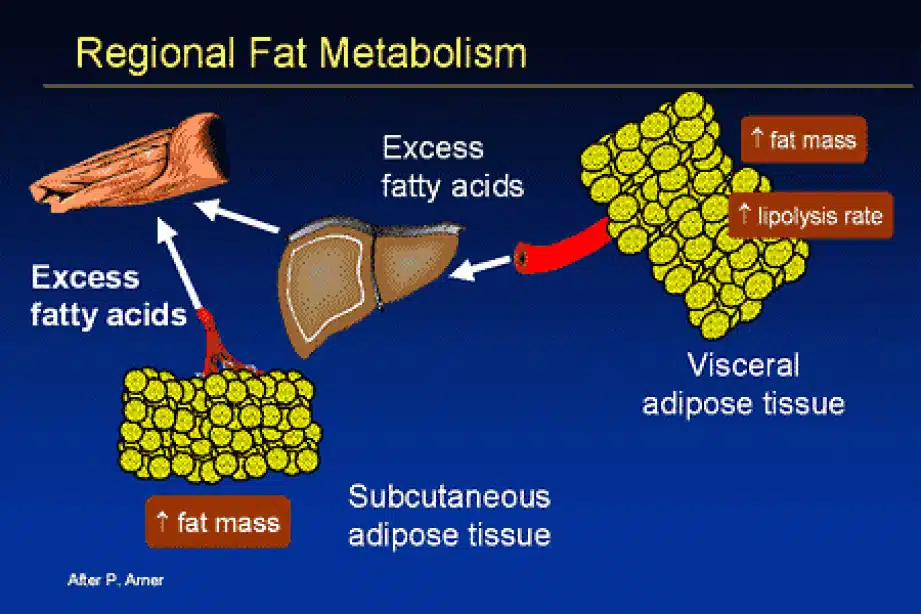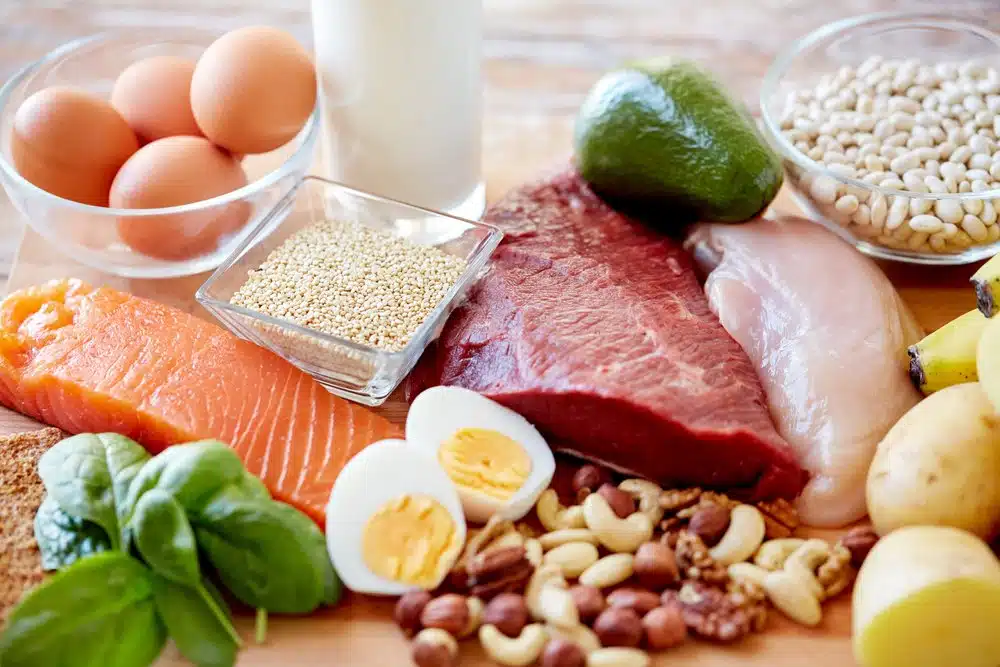Diet, fat loss, health & well-being, Lifestyle, Motivation
4 Reasons Why You Can’t Spot Reduce Body Fat, and How to Blast Fat Instead
Raise your hand if at any point in time, you’ve done countless abs exercises day after day, thinking that was the key to losing stomach fat, only to notice virtually no difference after quite some time. That is an example of trying to spot reduce fat in a specific part of the body. Quite frankly, spot reducing body fat is one of the biggest fitness myths out there, because it just doesn’t work.
No amount of eating certain foods or performing specific exercises can melt fat off just one part of the body. In this post, I’m going to explain the 4 reasons why that is the case, and what to do about it instead to give way to a leaner overall physique.
1. The body’s metabolism occurs body wide- not just on one area at a time
When we lose body fat, it is taken from parts throughout the entire body. To be more precise, our body has a certain number of fat cells(adipocytes). These fat cells can increase in number during stressful periods of our lives, such as during pregnancy or puberty. Otherwise, the number of fat cells tend to stay the same throughout our lives. However, the size of our fat cells can certainly change. The size of our fat cells can be compared to bubbles in that they can change size as they need to store more or less fat. The process of gaining or losing weight works similarly to inflating or deflating the bubbles. This is happening to all of the bubbles at the same time. However, the reason why people think spot reduction is legitimate is because they FEEL as though they’re losing more weight in specific areas, when in reality, our body has less fat cells in those areas.
2. Different individuals hold weight in different parts of the body
Our genes play a large role in why we all hold body fat in different areas. Men usually hold more fat in the abdominal regions, while women hold more body fat in the hips and glutes. Other lifestyle factors like stress and diet also greatly impact where you store fat. Elevated stress from the hormone cortisol will tend to store belly fat.
3. Fat Metabolism
The body breaks down stored fat into fatty acids and glycerol when the body is in need of energy. This process occurs throughout the entire body, and the release of fatty acids isn’t localized to specific areas targeted by exercise. Furthermore, many think that the burning sensation they feel in their muscles during high repetition exercise equates to fat burning. In reality, that burn is located directly in the muscles.
Fat doesn’t actually burn. It oxidizes, meaning that it gets broken down later to use for energy.
Yes, exercise can certainly increase the oxidation of fatty acids from energy, but these acids come from the bloodstream. Those eventually oxidized fatty acids flow towards the muscles most needed during a workout, but not always from the area you’re training. This is another reason why you can’t control which specific area to burn fat from, regardless of exercise helping to contribute to general fat loss.
4. Blood circulation
This is an important process in the mobilization of fat. Despite the fact that exercising a specific muscle group will increase blood flow to that area, it doesn’t mean that the fat released from adipose tissue in that region will be the preferred use of energy.
To help best optimize fat loss, a combination of strength training, cardiovascular exercise, and a well balanced diet will be needed. Most of all, these must be combined with being in a daily calorie deficit. If you’re overweight and want a thinner waist and to see your abs, a calorie deficit diet will get you closer to that than fat burning supplements and countless reps of ab work.
Other ways to burn MORE body fat
1. Consume more dietary fat
Ironically, eating more dietary fat signals to your body to oxidize more fat for energy. Let this be a lesson: don’t skimp on your fats! 20-35% of total calories should come from fats. It is advised that you don’t dip below 20%. Women generally need a higher fat intake, so at least 25% is optimal.
2. Eat more protein
A high protein diet has a higher thermogenic effect, as the body has to expend more energy to break protein down. 10-35% of calories should come from protein, but an optimal percentage should be at least 20%.
3. Lift heavy weights
In order to build new muscle tissue and elevate your metabolism, you need to lift heavier weights over time via progressive overload. Many people are afraid to push themselves truly hard in the gym, especially women, out of fear of getting too bulky. Women, this is extremely unlikely to happen, unless you’re on steroids. Women in general do not have the capacity to build as much muscle as men, due to the much lower percentage of testosterone produced.
Conclusion
In a sea of fitness myths, hopefully this post helped make it clear why spot reduction isn’t possible, and why you should instead focus your efforts towards overall general fat loss. Focusing on the compound multi joint exercises will always lead to more promising returns than performing hundreds of ab crunches every day. Feel free to share this post with a friend or loved one if you found it of value!








